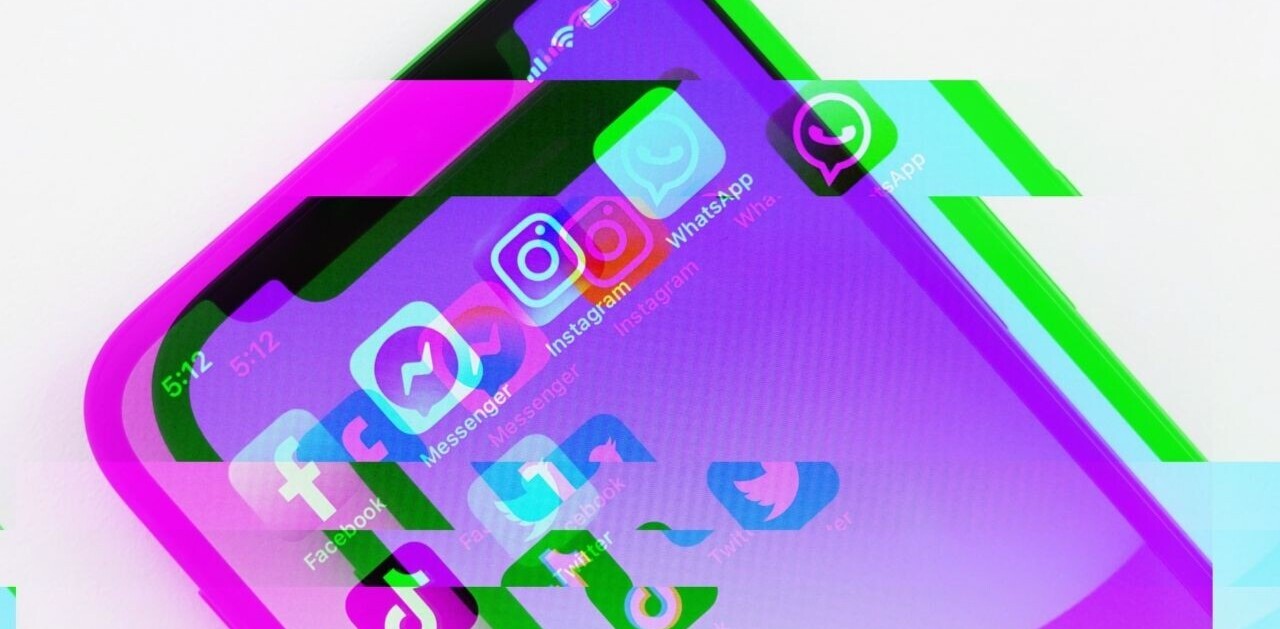
Social media fundamentally changed the balance of the brand – consumer relationship. Brands try to adapt by leveraging the new communication platforms to form deeper bonds with their customers. The social media openness makes them ideal for making a brand’s customers part of a product’s life cycle through crowdsourcing methods. Crowdsourcing has become highly popular not only as part of marketing campaigns, like Doritos maker Frito-Lay’s competition for its Super Bowl advertising, but also for product development, like Rebeca Minkoff’s challenge to Polyvore’s community to redesign the next Morning After Clutch.
Bringing in consumers to the “backstage” builds a deeper level of involvement with the brand, expands the customer’s experience and makes it more personal and emotional. However, this kind of creative input can and has often backfired. For instance Chevrolet’s ‘Make Your Own Tahoe Commercial’ resulted in a number of videos attacking the S.U.V. for its gas mileage.
When?
Crowdsourcing should become part of a company’s culture and not some last minute “life vest” like in the case of Gap that tried a last minute crowdsourcing after the backlash for its new logo, only to get a worst reaction. Brands protect and maintain a strong brand identity, by surrounding their crowdsourcing methods with inspiring and entertaining content. Like for everything else in life (ex. dating), storytelling must be an integral part of a crowdsourcing effort. A great example of this are mini-communities, like Toyota’s “Ideas for good” for suggestions on how the brand’s technology can be used for good in unexpected ways and My Starbucks Idea, that hosts an open dialogue about ways to improve Starbucks. BMW and LEGO take mini-communities one step further, by encouraging the idea sharing and participation through branded entertainment. BMW’s “Activate the future” with a series of films about the future of mobility, aims to get users actively involved in a conversation on the future of mobility, while LEGO’s LEGO click with short films, like The Brick Thief encourages customers to share their ideas relating to toys and technology. Consumers want to feel their input is valuable and respaced, in case they feel your crowdsourrcing effort is merely a momentary “trick” to create some social media buzz, get ready for a harsh reaction. This is why it is important to keep an ongoing engagement, by ensuring continuity for the crowdsourcing process, keeping the dialog with your creative community alive.
How?
The minute you break down your walls and extend an invitation to what was until yesterday your brand’s internal processes, like product design, marketing campaigns, and mapping out your future, you can expect some “party crashers” to show up too. To discourage them and to maximize the useful creative input, you‘ll need a well-defined crowdsourcing method with a specific purpose, time-frame, and a clear set of rules. Vitamin Water was successful in getting its Facebook fans to help them create a new flavor through a well thought-out and designed application, that made it easy to accept creative input, in a “safe”, controlled environment. The safe and easy to control app environment is what Nike chose too to enable customers design their own sneakers and also use these crowdsourced input as valuable market research, through NikeiD store and mobile app. Nike spiced up its NikeiD community with some social features and game mechanichs as Nike’s iD Nation community not only challenges consumers to design the ultimate pair of Nikes but also to share their style and designs for a chance to become #1 designer in Nike’s iDNation. Puma pushed the envelop by extendind its crowdsourcing effort for product design in-store, showcasing its new customization platform, “Creative Factory” with in-store placed iPads. Customers can use iPads to design their own pair of shoes by drawing inspiration from materials on display in-store. “Creative Factory” app is expected to enable the shoppers to design more clothes and accessories apart from shoes with social media integration.
Who?
Another important question to ask is “Who” will you invite to shape your brand’s present and future. Many brands prefer to involve specific groups, for instance Coach tapped into the blogging community to have selected influential fashion bloggers to design limited edition bags and P&G through Connect + Develop initiative opened up to business partnerships with inventors, entrepreneurs, small businesses and even competitors. Another “safe” way to crowdsource is targeting existing online creative communities, for instance many fashion brands have partnered with Polyvore, leveraging its active community for crowdsourcing contests and brands like Heinz and Aquafina have submitted creative challenges to the curated crowdsourcing company Genius Rocket.
No matter whether you decide to address to a specific audience, an existing community or build your own creative “army”, crowdsourcing can deepen brand-consumer engagement, giving the consumers a sense of the brand ownership. According to recent research 61% of US online adults are “willing co-creators,” and over half of them are interested in the co-creation process regardless of what product, service, or brand it involves. What is the future of branded social co-creation? Only you can tell ;)
Get the TNW newsletter
Get the most important tech news in your inbox each week.




